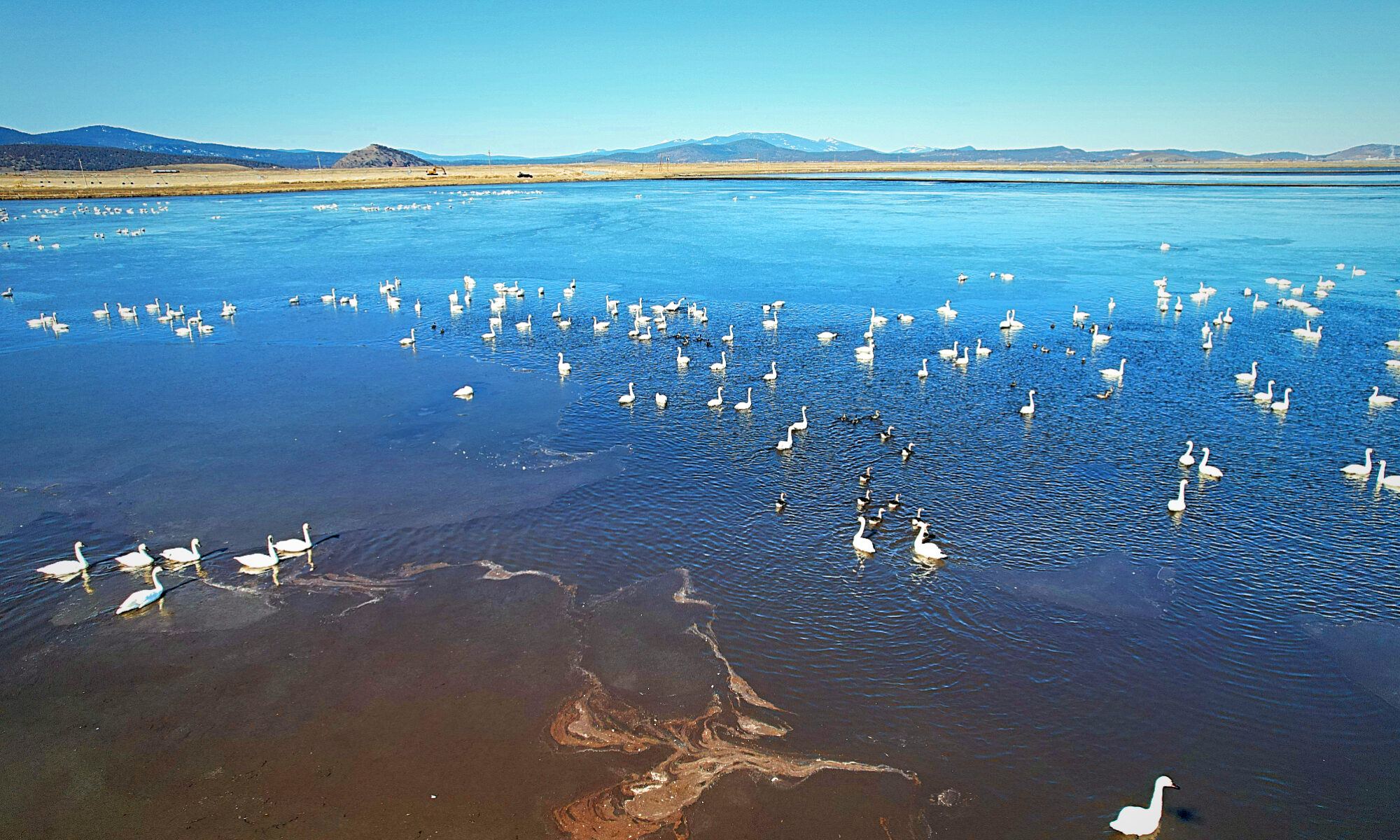Public Comments Sought for Klamath Drainage District Infrastructure Modernization Project
In-person public meeting Tuesday, October 29, 2024
Contact:
Lauren Bennett, NRCS Oregon
Public Affairs Officer
Email: Lauren.Bennett2@usda.gov
Phone: 503-414-3220
Scott White, Klamath Drainage District
General Manager
Email: scott.white@klamathdrainagedistrict.org
Phone: 541-884-1739
Klamath County, OR – (October 11, 2024) – The U.S. Department of Agriculture Natural Resources Conservation Service (NRCS) in Oregon in partnership with Klamath Drainage District (KDD or the District) as the project sponsor and U.S. Bureau of Reclamation and U.S. Fish and Wildlife Service as cooperating agencies, proposes to modernize KDD’s irrigation infrastructure to improve KDD’s irrigation water availability and reliability, water quality, and KDD’s capacity to deliver water to the Lower Klamath National Wildlife Refuge (LKNWR) and patrons. NRCS reviewed the potential impacts of the KDD Infrastructure Modernization Project and released a Draft Watershed Plan-Environmental Assessment (Draft Plan-EA) on October 11, 2024.
KDD proposes to install a fish screen at North Canal Diversion on the Klamath River; modify the North Canal to increase flow capacity and extend it to the P-1 lateral; install a pipeline to recirculate water from the Klamath Straits Drain into the Center Canal; upgrade the E and F pump stations; and install 14 monitoring and telemetry systems, and four automated gates throughout the District.
By modernizing infrastructure, the proposed project would enable KDD to improve water management within its conveyance system and benefit fish populations in the Klamath River by preventing fish from getting trapped in KDD’s canals. By reducing water use inefficiencies, the proposed project would improve water quality in the Klamath River. The project would also allow KDD to supply additional water to the LKNWR, which would increase critically needed habitat for wildlife.
The project is sponsored by KDD, with funding and technical support from NRCS. Farmers Conservation Alliance is assisting NRCS with the planning process.
Members of the public are invited to learn about the proposed project, participate in a question- and-answer session, and provide feedback during a public meeting held in-person on October 29 from 11 a.m. to 12 p.m. Meeting details are as follows:
In-Person KDD Public Meeting
Tuesday, October 29, 2024
11 a.m. to 12 p.m.
Klamath Community College Conference Center
7390 S 6th St, Klamath Falls, OR 97603
A recording of the public meeting will be available at watershedplans.org/Klamath-dd after the meeting. The Draft Plan-EA can be viewed online at watershedplans.org/Klamath-dd or a printed copy of the Draft Plan-EA is available at the KDD Office (4240 Highway 39, Klamath Falls, OR 97603).
Public comments on the Draft Plan-EA may be submitted from October 11, 2024, through November 15, 2024. Comments may be emailed to klamathdd.comments@gmail.com, submitted online at watershedplans.org/Klamath-dd; left as a voice message at the Farmers Conservation Alliance office at (541) 716-6085; or mailed to: Farmers Conservation Alliance, Attn: KDD Plan, 102 State Street, Hood River, OR, 97031.
After the public comment period, NRCS will evaluate the comments and incorporate relevant comments into a Final Plan-EA. If NRCS issues a Finding of No Significant Impact for the project and authorizes the Final Plan-EA, KDD would be able to apply for funding to construct infrastructure improvements through the NRCS Watershed Protection and Flood Prevention program, authorized by Public Law 83-566. Through this program, NRCS provides technical and financial assistance to local organizations (project sponsors) for planning and carrying out watershed projects for the purpose of watershed protection, flood prevention, erosion and sediment control, water supply, water quality, and fish and wildlife habitat enhancement. Additional information is available online at watershedplans.org or the NRCS Oregon public notice webpage.
The meeting location is accessible to persons with disabilities. A request for an interpreter for the hearing impaired or for other accommodations for persons with disabilities or a request for a Spanish interpreter should be made at least 48 hours before the meeting to David Mueller at (541) 716-6085 or david.mueller@fcasolutions.org.
USDA is an equal opportunity provider, employer, and lender.





